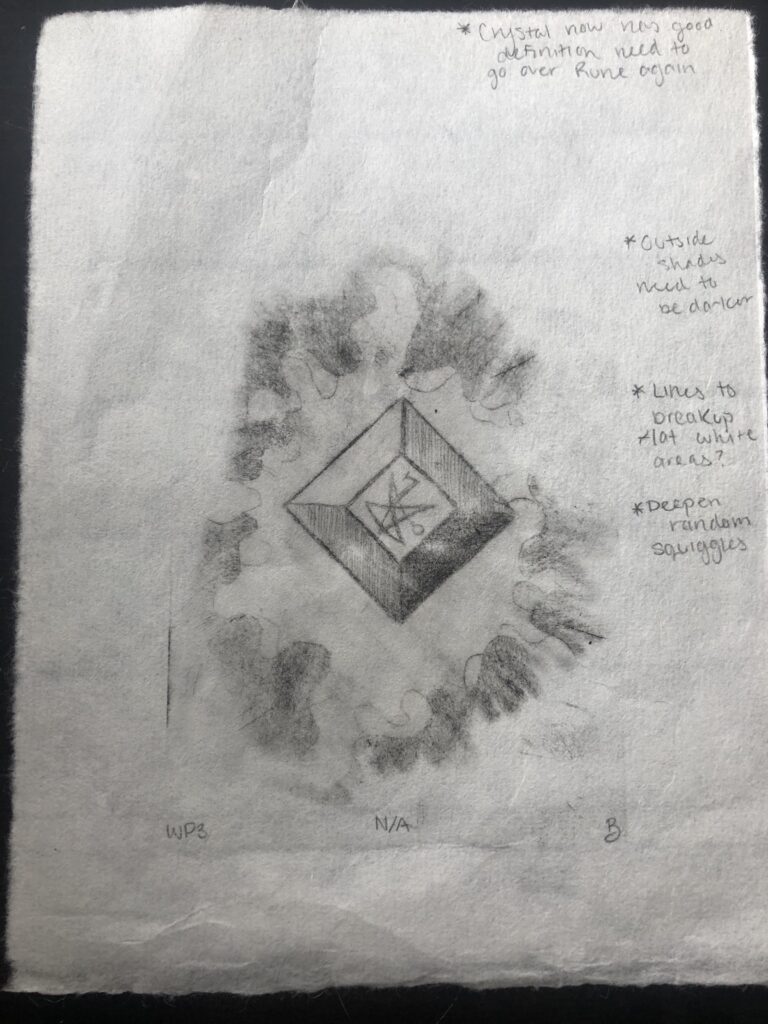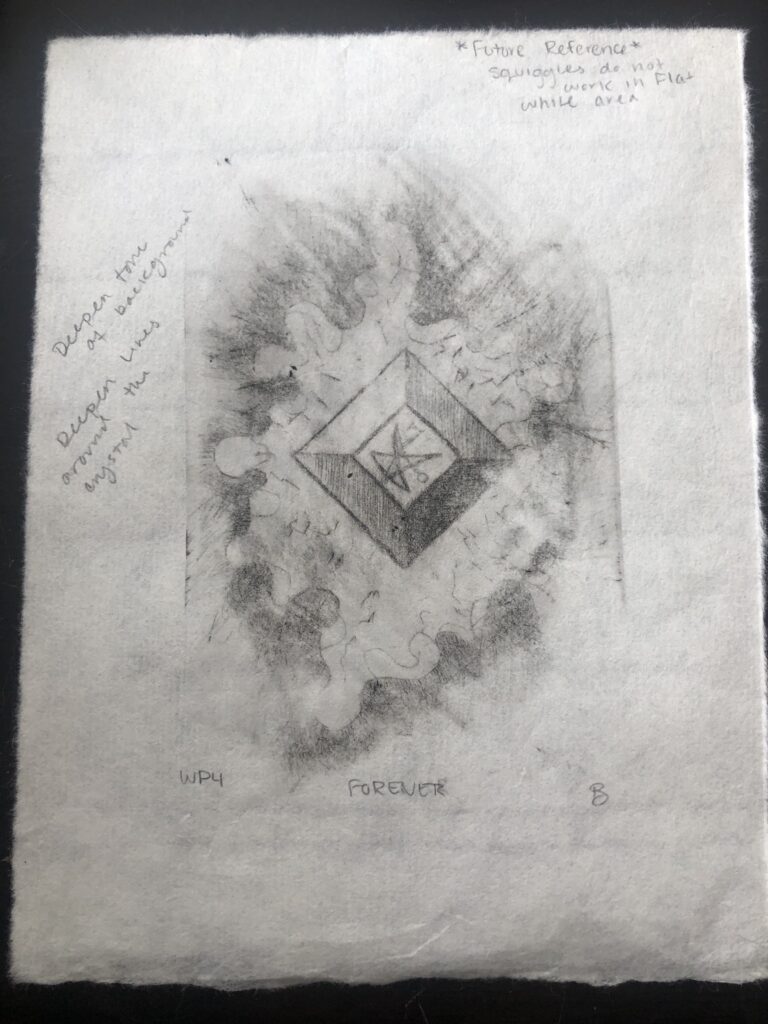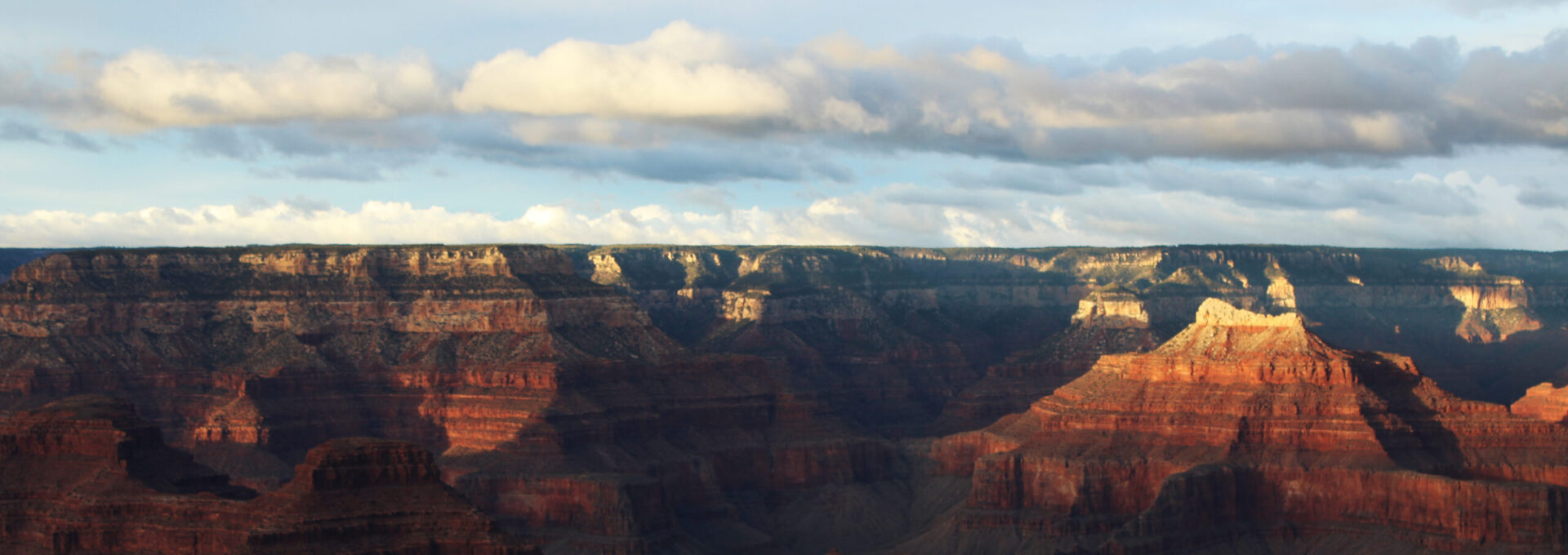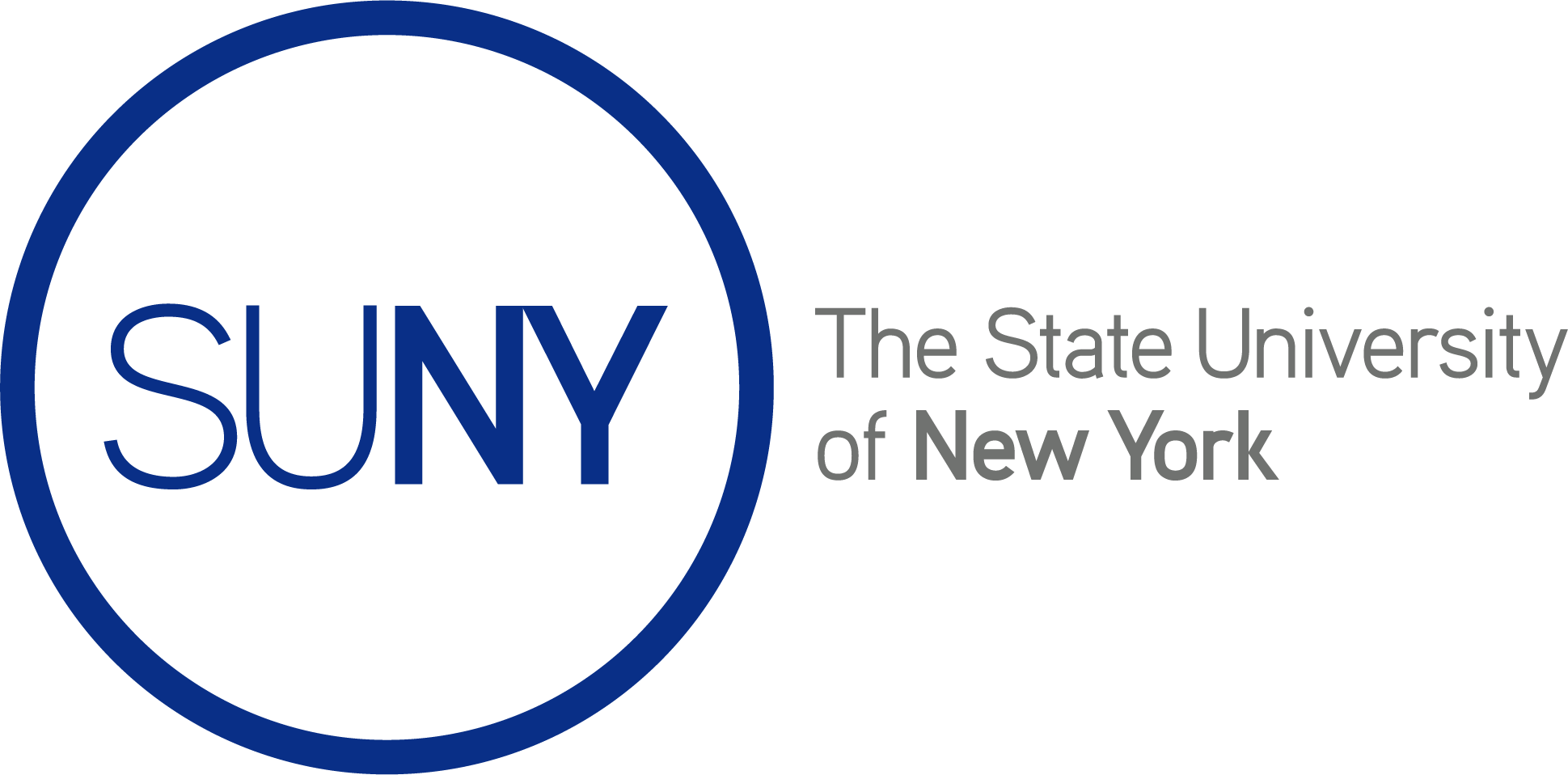This is my second entry and I am already stumbling, but I’m determined to get the hang of keeping a blog and getting my thoughts down not just for my own use in the future but perhaps my trip ups will aid someone else. This is also teh (<— if you see this just know I meant to type ‘the’ and for what ever reason muscle memory has now made my fingers want to hit the ‘h’ last, I will try to edit these as much as possible but that tends to be my most common and overlooked mistake) second week of classes. It’s strange the way my brain looks at tasks, while I am a TA in printmaking and it is technically a class for me I dont have the same drag to work on stuff for it or wake up in time to hold my own version of ‘office hours’ for the students. Instead Mondays and Wednesdays I’m up before my alarm ready for the day. I experienced a similar situation roughly two years ago now when I was give then opportunity to student teach at my old high school. It’s crazy how when you truly enjoy your work it no longer feels like working. These situations have only solidified my desire to be a teacher in the near future.
Currently in the Printmaking 1 class, an intro into various printmaking techniques and methods, the students are working on drypoint prints, and intaglio process where a sharp scribe/needle like tool is used to scratch lines into plexiglass (What the students use) or more commonly metals such as zinc or copper. These scratched lines then act as little trenches to hold ink. The intaglio process is the most closely related to drawing as the marks you make on the material is what will print, as opposed to relief printmaking where it is the surface left over that makes the print. This isn’t a form of printmaking that I have had a lot of experience with since I myself took Print 1 almost two years ago, but its been a fun experience being able to work along side the students and see what theyre coming up with and to see how they individually respond to the materials, ive found it hard so far getting out of my relief printing mindset. David, our lab tech for the studio spaces, made an excellent point about the importance of understanding the style of printmaking youre using and what type of print it will give you. Dry points often have a scratchy jagged quality to them as getting smooth lines and flat areas of value can be difficult. This is why I believe Davids wolf print turned out so well. He leaned into the dry point and what it could give him and in the end he made a print that has a Erie sort of life to it, every time I look at the print i feel as though I’m out camping in the winter time (Something I’d never actually do unless its in a well heated cabin) and then through the almost whiteout snow you can make out the figure of a black wolf staring back at you. It’s a very successful print in my eyes. I went with an amulet design with a sigil in the middle and most of my issues came from trying to work against the material. I am enjoying how its turning out so far tho and am excited to continue pushing on it.
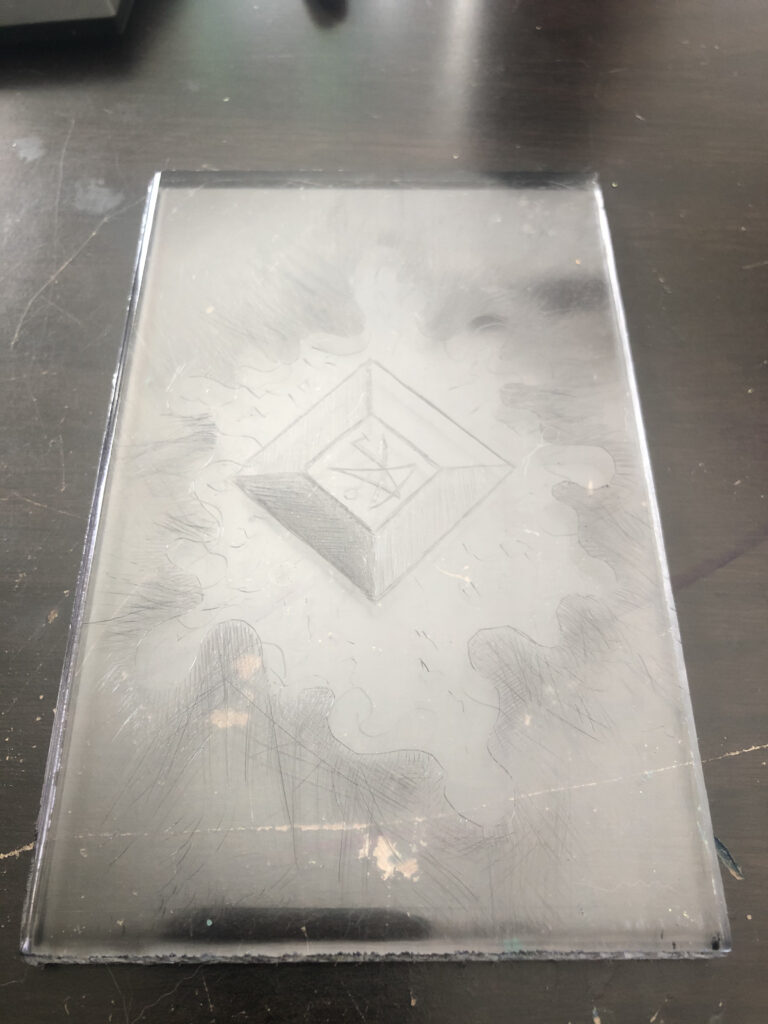
The Plexiglass Block 